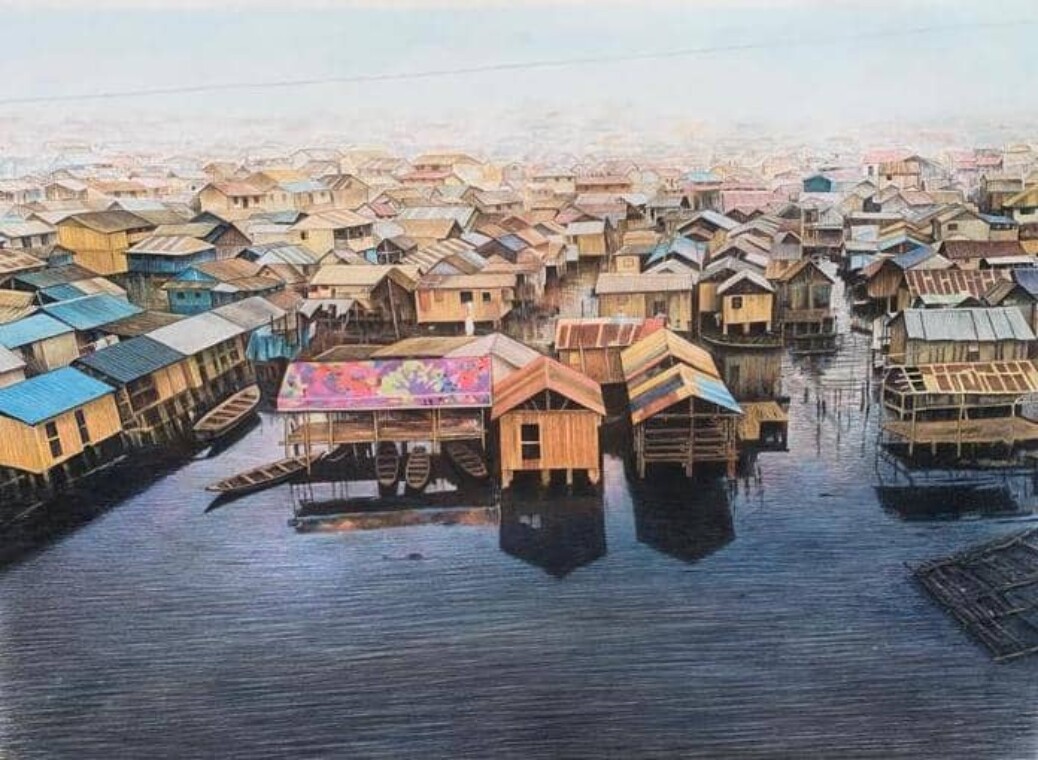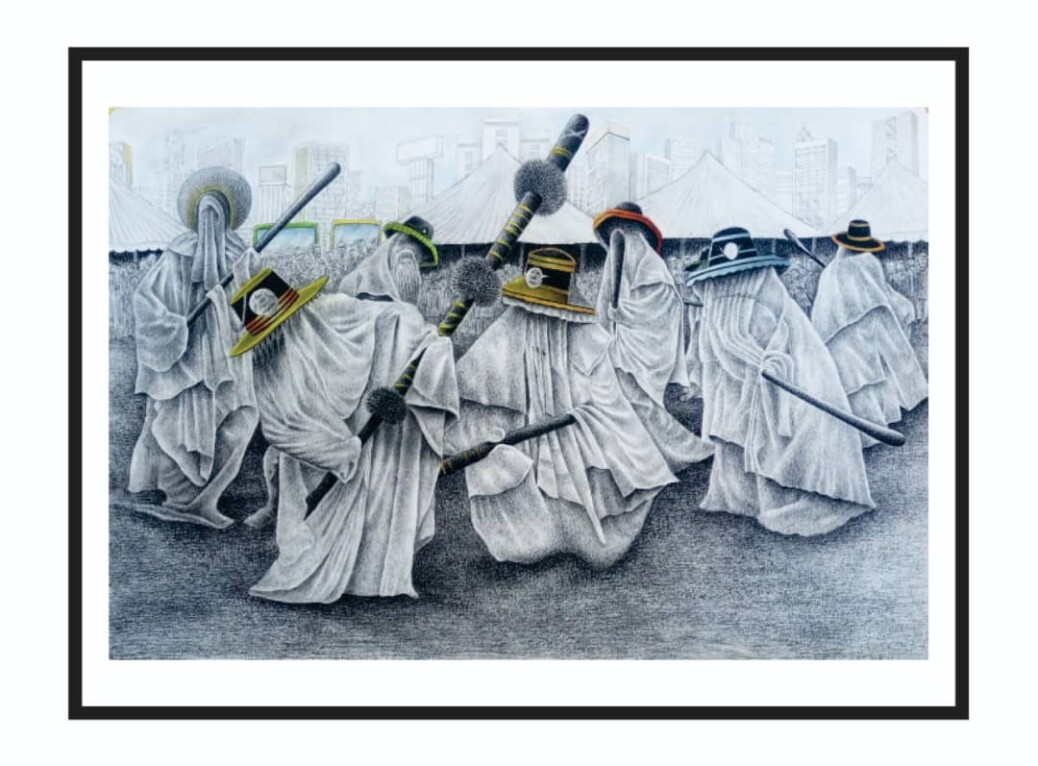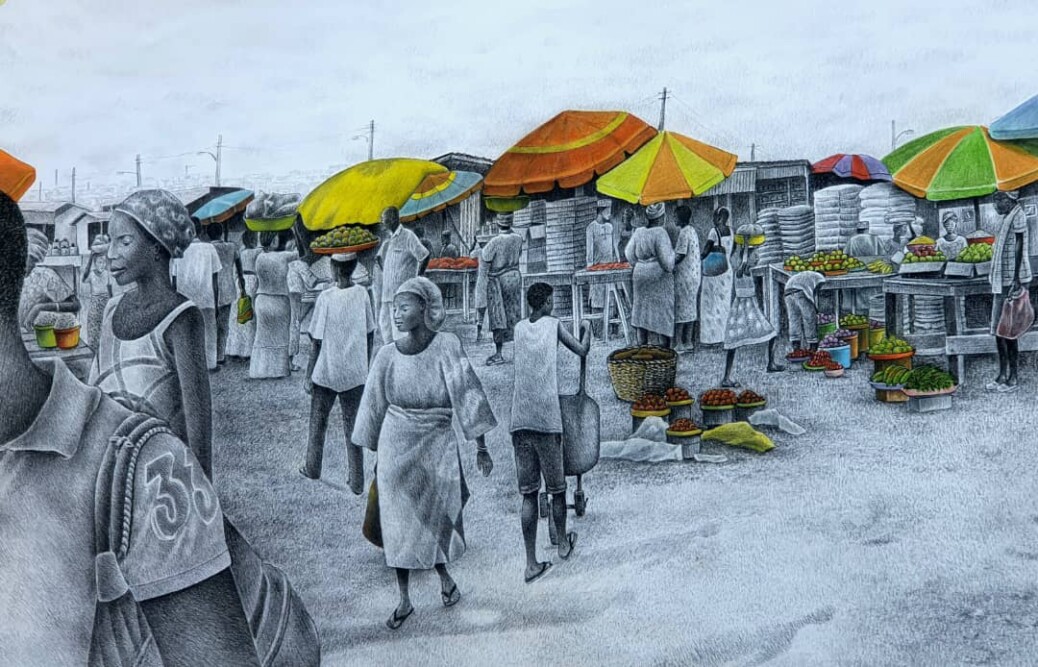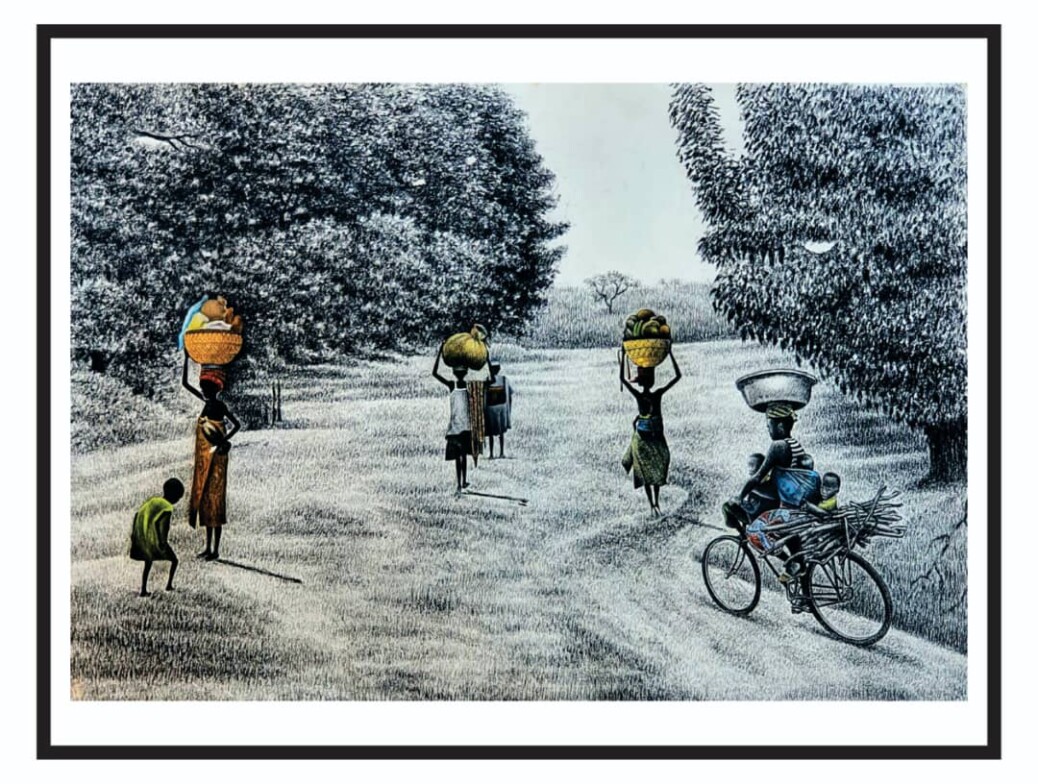Pointillism is a painting technique that was developed in the late 19th century by artists such as Georges Seurat and Paul Signac. This technique involves applying small, distinct dots of color to a canvas, which, when viewed from a distance, blend together to create an image.
The process of creating a pointillism painting can be quite time-consuming, as it requires patience and precision. Artists often use a small brush or even the tip of a paintbrush to apply each dot of color. By strategically placing these dots next to one another, artists are able to create the illusion of different colors and shades.
The effect of pointillism is unique and visually striking. When viewed up close, the individual dots of color are clearly visible, but from a distance, they blend together to create a cohesive and vibrant image. Pointillism paintings often have a sense of movement and luminosity that is characteristic of this technique.
Some famous examples of pointillism paintings include Georges Seurat’s “A Sunday on La Grande Jatte” and Paul Signac’s “The Port of Saint-Tropez.” These artworks demonstrate the meticulous attention to detail and vibrant colors that are characteristic of pointillism.
If you’re interested in creating your own pointillism painting, you’ll need to gather the necessary supplies, such as acrylic or oil paints, a canvas, and small brushes. You’ll also need to choose a subject or image to paint. Start by sketching the basic outlines of your subject on the canvas, and then gradually build up the image by applying small dots of color. Remember to vary the size and intensity of the dots to create depth and texture in your painting.
Whether you’re an experienced artist or new to painting, exploring the world of pointillism can be a rewarding and exciting journey. Have fun experimenting with this unique technique and let your creativity shine through!









